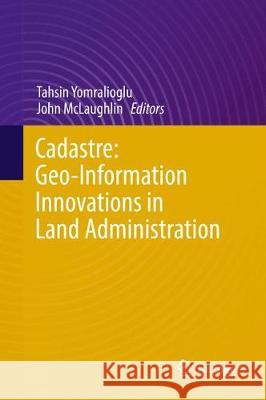Cadastre: Geo-Information Innovations in Land Administration » książka
topmenu
Cadastre: Geo-Information Innovations in Land Administration
ISBN-13: 9783319512150 / Angielski / Twarda / 2017 / 335 str.
Kategorie:
Kategorie BISAC:
Wydawca:
Springer
Język:
Angielski
ISBN-13:
9783319512150
Rok wydania:
2017
Wydanie:
2017
Ilość stron:
335
Waga:
0.76 kg
Wymiary:
24.31 x 16.36 x 2.64
Oprawa:
Twarda
Wolumenów:
01











